2 min read
What is Google Search Generative Experience? (SGE)
What is Google SGE? Think of Google SGE as your helpful buddy on the search results page. Instead of making you click on different websites, it pulls...
The world of SEO is always evolving, with updates being rolled out on a daily basis. For search marketers, it is vital to keep on top of these and understand how it will affect their business or clients. Below we have recapped some of the top trending news and updates from January 2020.
Google confirmed that webpages in a featured snippet position will no longer appear in any of the other organic positions on the first page of the organic results, in one of their biggest changes in the past month. This change will affect all worldwide search listings. Google’s Danny Sullivan explained that the aim of this was to “declutter the results and help users to locate relevant information more easily”. If a website has a featured snippet, it will count as one of the ten organic search results and will only appear again on page 2, although Danny Sullivan stated that this was not guaranteed.
If a web page listing is elevated into the featured snippet position, we no longer repeat the listing in the search results. This declutters the results & helps users locate relevant information more easily. Featured snippets count as one of the ten web page listings we show.
— Danny Sullivan (@dannysullivan) January 22, 2020
The impact of this change is still being evaluated. A lot of data is needed to evaluate its effect. However, Mark Traphagen, VP of Product Marketing and Training for seoClarity, said that there was no “significant difference in organic Google traffic sent to these pages after they lost the duplicate listing on page one”. Therefore, the early data suggests that there have only been negligible changes to the traffic since the update.
Your visibility may fluctuate depending on whether you are losing or gaining organic positions. If you already hold the featured snippet position, you may lose a bit of visibility if you’re appearing in one of the top 10 organic positions. However, you are still in the coveted position zero, so you are guaranteed maximum visibility which means that the difference should be minimal. Those who don’t have the featured snippet position may see that organic positions are freed up, giving the opportunity to rank in the top ten.
Google’s mobile-first indexing document is designed to ensure that site owners are providing the best possible experience for both mobile and desktop users. They have recently updated their best practices document to include more content on how to best optimise your mobile websites. Some of the main takeaways from the mobile-first indexing document are:
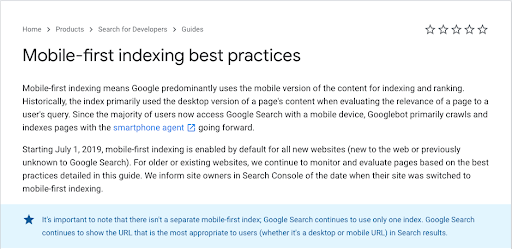
This update is primarily centred around making sure that the content on desktop pages is the same as what is on mobile. Google has said that if you intend to have less information on your mobile pages, you can expect to have less traffic. This is due to Google indexing your mobile site instead of your desktop site and not finding as much information as before.
Google’s John Mueller offered an insight into how heading tags are used to understand the content on your website and whether they use it to rank the pages. John Mueller said that he thought that the importance of headings have often been “overrated” with much discussions on what the optimal headings should be.
He explained that they use the headings to better understand the content that follows it. He also said that H1s are not more important than H2s and so on, so you don’t need to force important keywords into higher-level headings. While having good headings won’t mean that your pages rank higher, it will mean that Google better understands your content and therefore direct more relevant users to the page.
Google confirmed that they rolled out a global update on January 13th through their Search Liason Twitter account. A few weeks after the update, many observed significant changes in their traffic and their rankings, with Yulia Ibragimova from SEMRush claiming that they have noticed changes in “almost in every category”.
The January 2020 Core Update is now live and will be rolling out to our various data centers over the coming days.
— Google SearchLiaison (@searchliaison) January 13, 2020
However, data pulled by RankRanger, SEMRush, Sistrix and SearchMetrics indicate that the categories that saw the most substantial changes were in the health and financial topics. Marcus Tober from SearchMetrics explained that this update further penalised you if you had thin content and that this update put more emphasis on YMYL content. YMYL pages (Your Money or Your Life) according to Google, are pages that include content that can affect someone’s health, happiness, safety or financial stability. This has been the biggest update for the YMYL pages since the ‘Medic’ update back in August 2018.
The update further emphasises the importance of having detailed and relevant content on your website. Google wants a page’s intent to be clear and not be conflicting with itself, so it is important for your content to be relevant, according to Rank Ranger. This is especially true for YMYL pages as Google is looking to increase the trustworthiness and the authority of these pages and will scrutinise sites with incoherent and thin content.
In mid-January, Google experimented with adding favicons to the SERP, appearing next to the search results, usually as small logos or icons of the website. As well as this, paid listings that appear at the top of the result had a small icon next to it as well which said “Ad’. This change was made to modernise the SERP and help the consumers to scan the page and find out what they’re looking for. However, many argued that this was a sneaky move by Google to further hide the difference between an organic listing and the paid listings by adding icons to all of the listings.
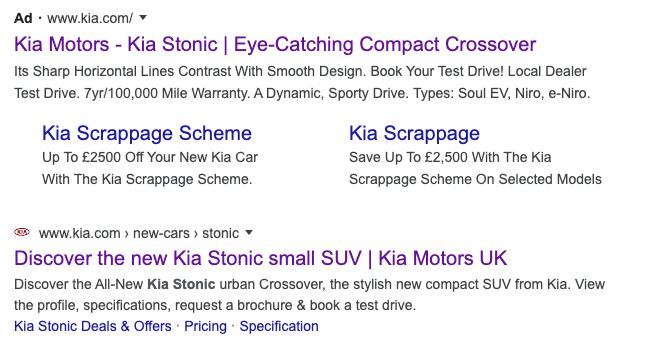
By the end of January, Google took on this feedback and decided to remove these favicons from the desktop search results. However, they still appear on mobile search results. Google claimed that these favicons were well received by mobile users and the early feedback for the desktop versions were also positive but will keep on trying to improve the layout. Google is always looking for ways to improve their SERP and find ways to modernise it, by adding more functions, changing the layout or adding icons. While they have removed them for desktop searches, it will be interesting to see if they attempt to bring it back, perhaps in a different way.
Google has updated its “saved pages” feature on its Google app and browser version to Collections. This feature allows you to save webpages, organise them into folders and share them with others so that they can follow and contribute. It doesn’t just have to be web pages, you can add images, jobs, products and more.
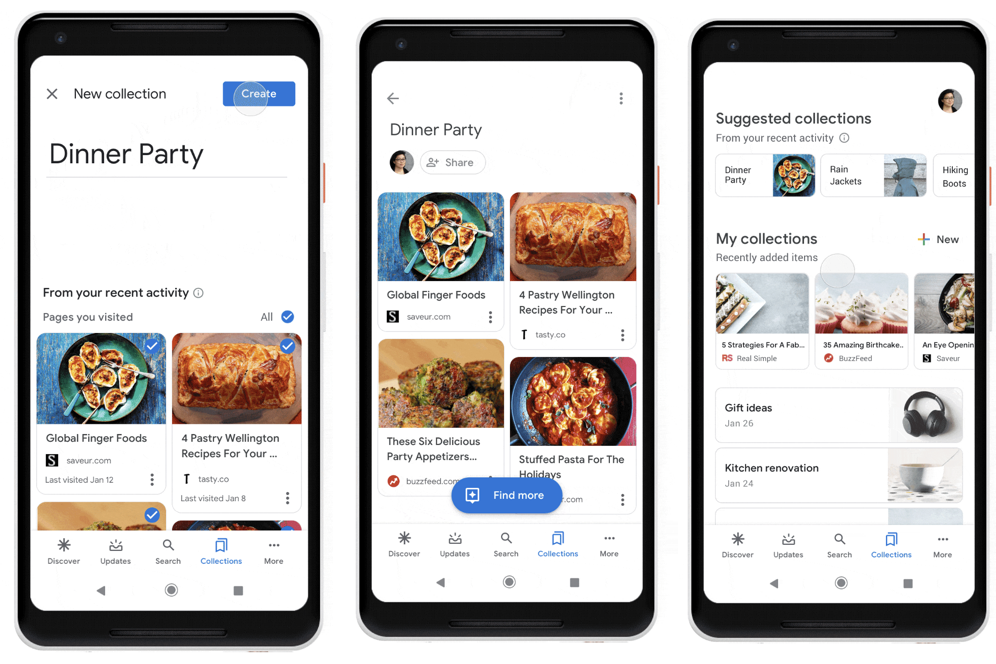
These can be accessed anytime from the Collections tab in the Google app or through the side menu on google.com. This is an exciting innovation by Google as they try to further improve on the classic bookmarking tool, and they will no doubt be looking to further develop this feature.
Google has introduced a new feature on the SERP which helps you in your search for new clothes, shoes and accessories. This new feature helps to bring the best and more popular products from all around the web to you in one place, on the Google SERP so you browse and choose between the best options. This has been rolled out across America and is available on mobile searches.
To see this new feature in action, you simply have to search for what you’re looking for e.g “running shoe”, ”denim jackets” etc. Google will then display panels of popular products that they have identified from millions of websites with their images, information, reviews and more. The customer will then be able to filter through these products to find what they’re looking for, and if they want more information, then they can easily go to the seller’s website.
Google claims that this feature will make searching for products much easier for customers as they will be able to find the best of what they’re looking for, all in one place instead of having to go through the sellers individually. Google indexes and browses through millions of web pages, regularly updating the content to allow this feature to work. To appear on this search does not cost extra for the retailers but the item just has to be eligible and the webpage optimised and indexable for it to appear on the feature.
This latest move from Google keeps the purchase funnel on their site, rather than taking users to seller’s sites. You might get more eyes on an item, but the whole purchasing journey is kept on Google. No opportunity to temp with other items, get newsletter sign-ups or increase brand awareness through your site.
It also forces you to be more competitive. If a user sees the exact same item from two different retailers, they’re going to go for the cheaper price. Especially as most aspects of branding are removed, it boils down to price. This means you need to get creative with how to differentiate your product, or reduce your price to compete with cheaper products.
Stay up to date with the latest in SEO with the Honchō blog and sign up to our newsletter. Or check out our previous SEO update posts, like the Google BERT announcement.
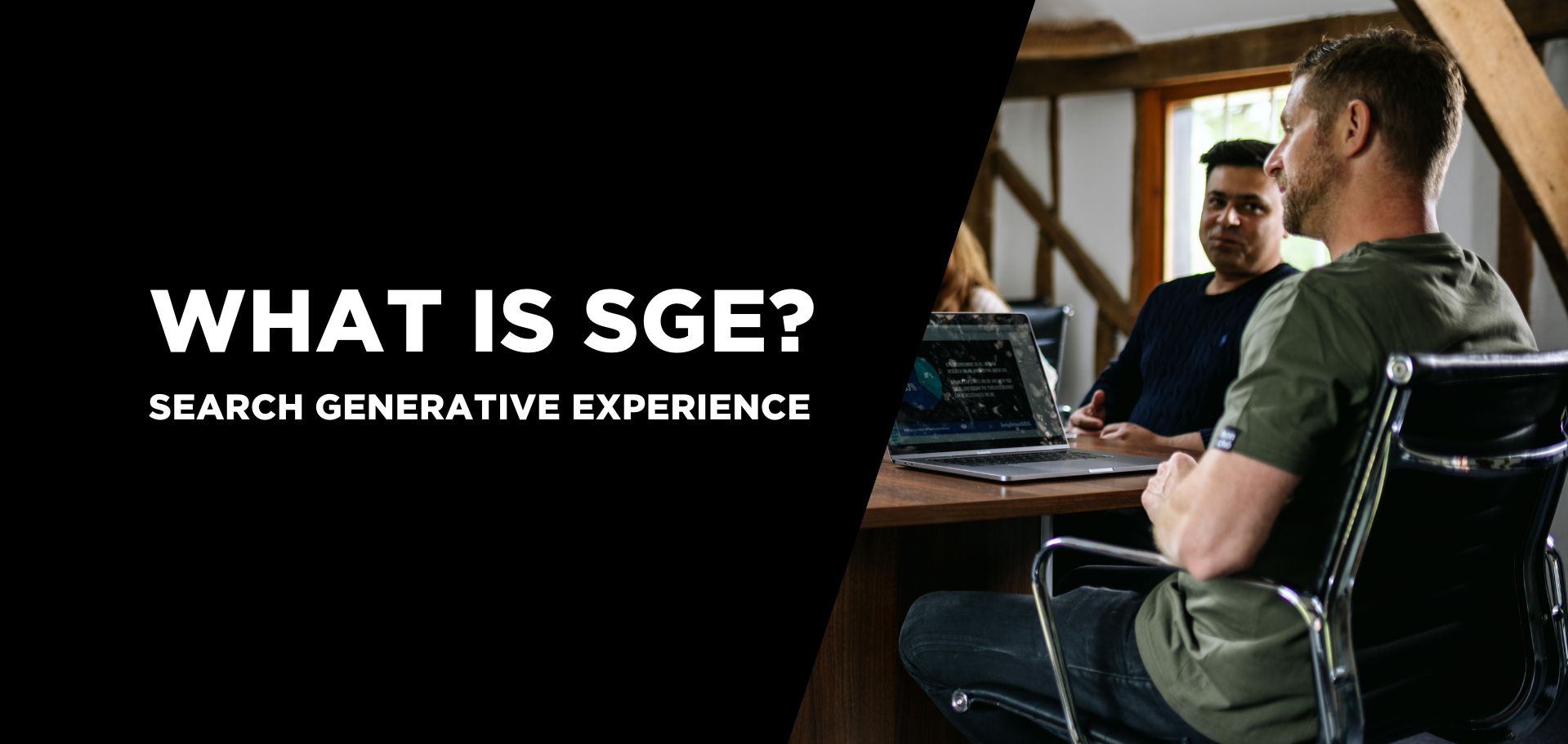
2 min read
What is Google SGE? Think of Google SGE as your helpful buddy on the search results page. Instead of making you click on different websites, it pulls...
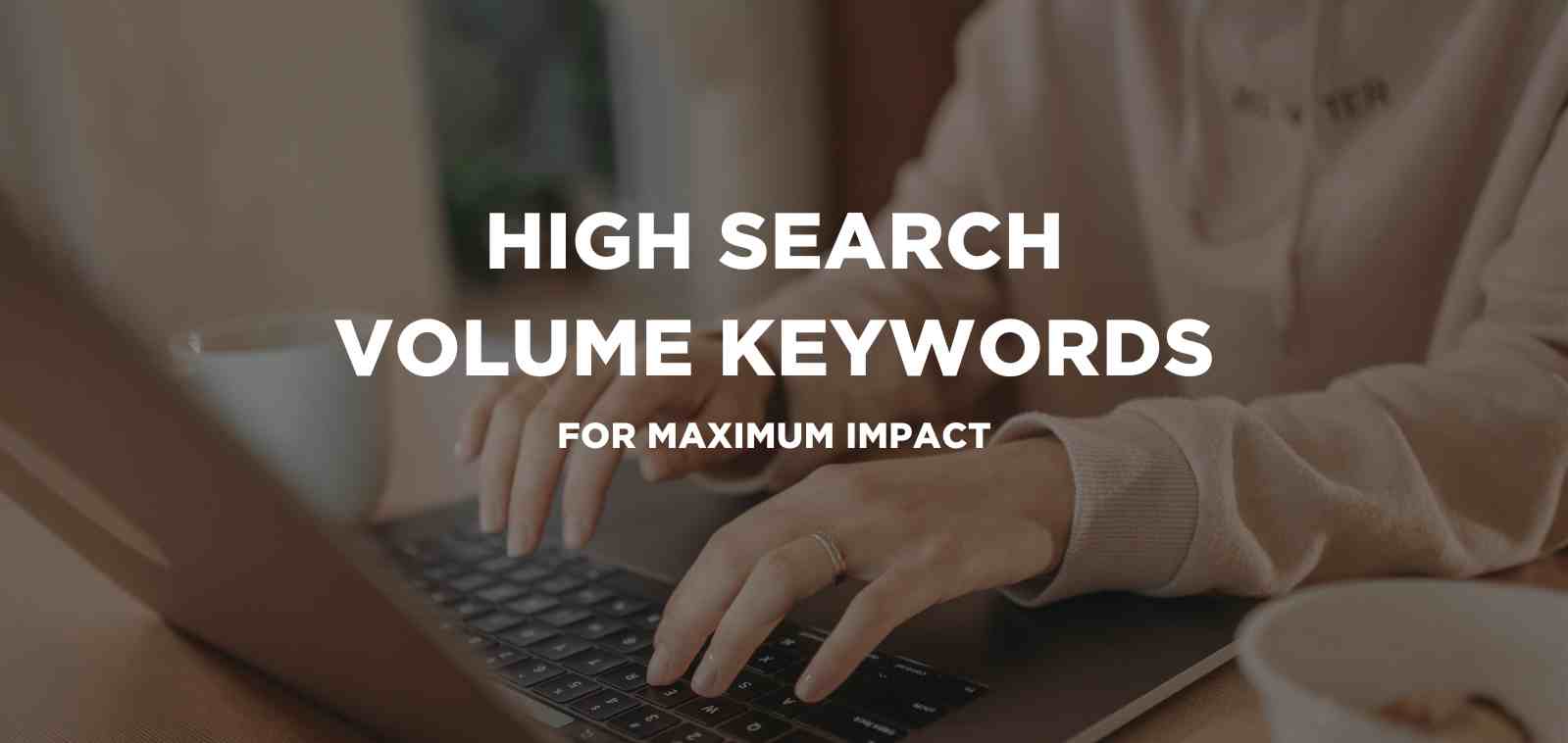
5 min read
Discover the power of high search volume keywords and how to effectively use them to boost your online presence and drive maximum impact.

2 min read
We're delighted to officially announce our partnership with Eflorist, one of the world’s leading flower delivery brands with over 54,000 local flower...
We’re back with another one of our monthly social updates, so you can keep on top of all the most important social media news. Discover all the...
Google ended 2020 much like the rest of the year, with plenty of updates. We’ve summarised and analysed the major changes to help you keep track and...
February was a busy month for SEO. With exciting new updates and features, there was a lot to learn in the past month. We’ve analysed all the top...